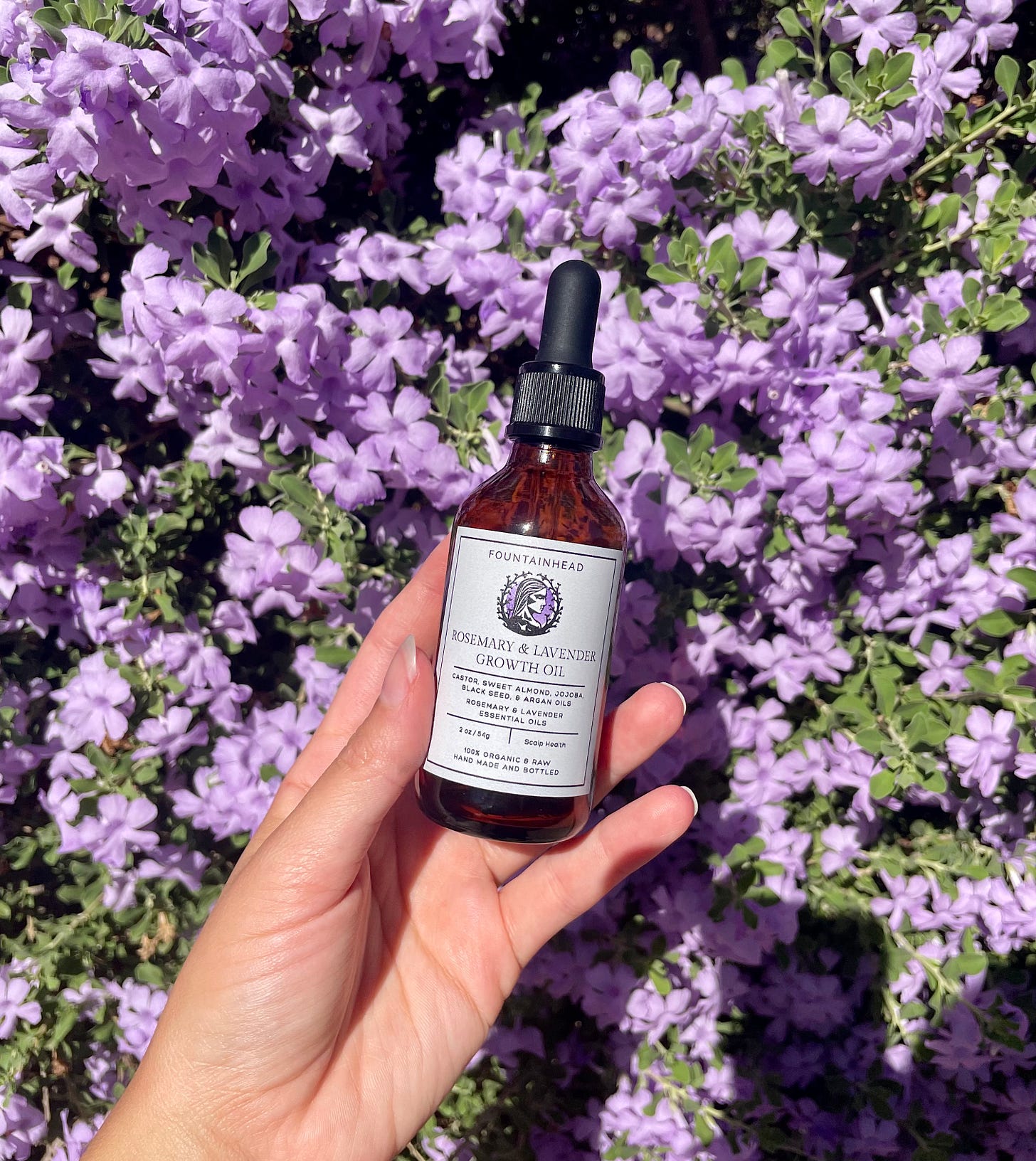Balding and hair thinning is an issue for about 70% of men and 40% of women; this is an enormous amount of people faced with an issue that can be highly detrimental to self-esteem and therefore quality of life.
For some types of balding/hair loss the cause can be genetic; however there are many circumstances where the causes are environmental or due to a health issue. I believe most of the time hair loss can be treated and healed if you catch it early enough. So if you’re worried about your receding hairline or if you have a family history of hair loss we must seize the day and try to get it under control.
Some Causes:
Oxidative stress. Studies that looked at the protein composition of the hair follicle in balding men found significant damage to the follicle from free radicals. Oxidative stress can severely cripple the ability of the hair follicle to produce healthy hair and can result in a switch from a healthy hair shaft to thin and brittle hair.
Heavy metal overload. When heavy metals accumulate in the body they can lead to toxicity that manifests itself in various ways. Heavy metals are able to inactivate proteins and are also thought to block the formation of disulfide bonds within the structure of keratin, leading to hair loss. Heavy metals associated with hair loss are: Aluminum, Cadmium, Arsenic, Mercury and others.
Mineral and nutrient deficiencies. Hair follicle cells divide rapidly and are in need of consistent nutrients for healthy hair growth. Coenzymes are vitamins and cofactors are usually minerals/metals; both of these are essential for enzymes to complete their reactions on the biochemical level and deficiencies lead to inactive enzymes. Some that are important specifically for hair growth are: niacin, biotin, folate, vitamin D, vitamin E, vitamin A, zinc, selenium, and iron.
Inadequate sunlight exposure. Sunlight stimulates hair growth in a few ways. The production of Vitamin D is linked to hair health and growth, the sun also increases blood flow and vasodilation which is a known benefit for the hair follicle. Infrared light has been used as a treatment for hair loss and is known to increase blood flow substantially. Also, full spectrum sunlight is a powerful regulator of cell function and hair follicles are no exception.
Hormone imbalance. Hormones can impact hair growth dramatically; a few examples: low progesterone is associated with thinning/loss (as is estrogen dominance), high cortisol is known to contribute to hair loss and graying, low thyroid hormone is also implicated in hair loss.
There are many potential causes of hair loss and these are just a few of the major ones. Being aware of your environment and your health is the first step, getting your health assessed by testing is the next so that you can determine where you can improve. Investing in testing and prevention before conditions become permanent is always something I recommend.
Besides targeted supplementation, dietary changes, and testing, there are a few things you can do to improve your hair growth that are cost effective and actionable right now.
What can you do?
Lower your exposure to artificial lights. Overhead LEDs can be found in every work environment, school/campus, and most households. They are pretty much inescapable. However, limiting your exposure to them will go a long way. LEDs are proven to damage and kill mitochondria the more you are exposed to them. These are a huge cause of oxidative stress on the scalp and avoiding them when possible will yield great benefit.
Get more sunlight and ground yourself to the earth. Sunlight and grounding/earthing decrease inflammation and oxidative stress allowing for healthy hair growth.
Decrease stress and exercise more. Try to lower cortisol and control the amount of stress you allow yourself to feel on a day-to-day basis. Also, balding is associated with obesity and metabolic disorders like diabetes; exercise is a necessary activity to partake in if you’re looking to resolve hair loss.
Utilize topical treatments like scalp oiling. Rosemary is very popular for hair growth and there are many viral videos showing results using it. Multiple studies have found significant increases in hair growth using both rosemary oil and lavender oil. Lavender has traditionally been used to treat alopecia and usage has resulted in deeper follicles, increased number of follicles, and accelerated hair growth.
I have designed my own hair growth oil which contains both rosemary and lavender because of their impressive action against hair loss. The oil also contains other active ingredients like Black Seed oil, Castor oil, and Argan oil which are all great for preventing hair loss and increasing hair growth.
I have seen substantial growth when using it on myself and have heard great reviews so far. I hope this post was helpful, thank you for reading!




